We use a diagram showing two buildings side by side. Both are insulated the same. One has a large heater and a large power bill. The other has a small heater and a small power bill. The most significant difference in the two buildings is how much heat energy is able to move through the building envelope, ie. energy leakage.

Heat moves via convection, conduction and radiation from hot towards cold.
You can move warmth quickly out of a building through convection (air), but also via conduction. You know the feeling of stepping onto cold tiles in the bathroom. What is happening here? Your heat is moving toward the cold of the tiles — nature is trying to share the warmth evenly.
The slowest way of moving energy is via radiation where energy is thrown from a warm surface toward any (every) cooler surface — boy do we know this if we stand close to a single glazed window in winter. What is happening? Your warmth is being radiated toward the cold glass. The colder the glass, the faster this occurs.
Joinery and energy loss
Joinery elements have a major effect on the performance of the building as a whole. If you consider windows as the weakest point thermally (I've recently heard David Waters of APL call this a 'thermal wound'), it makes sense to pour our energies into treating this wound before we pour heat energy out through it.
In September, a dad on the football sideline said to me, "Is it true that double glazing is R0.26? While a wall is hopefully about R2.6?" Easy maths. What he said next was key, "Why don’t we know this?"
The aluminium is a thermal highway in the wall of your home. The IGU might be R0.26, but the aluminium isn't (yes, even thermally broken units).
So why is this important? It comes down to internal surface temperatures. If a cold bottle sits on the table it quickly gets condensation forming on it. Joinery is mostly the same, except that bottles tend not to exhibit signs of mould like joinery might, and cold bottles tend to be much more enjoyable than cold joinery.
If you can keep the surface temperature of the internal side of the window high in winter in a traditional building you will likely have a very high power bill like in the diagram I described at the beginning.
Treat the worst wound first
The easiest intervention making the biggest difference of all in treating the heat loss wound will be making the building envelope airtight. A designed-in airtightness layer acts as an energy conservation tool like a coat of paint works inside a swimming pool — it prevents escape.
Ventilation requirements for the space stay the same as they ever were, but this way you have control over how and when to ventilate.
Reminder: A wall is not a ventilation system, a window is.
In summary, heat loss via convection (air) is easily preventable. Radiation is a bit harder mostly due to the windows performing poorly. So what is the difference between the two look-alike houses? One leaks and one doesn't.













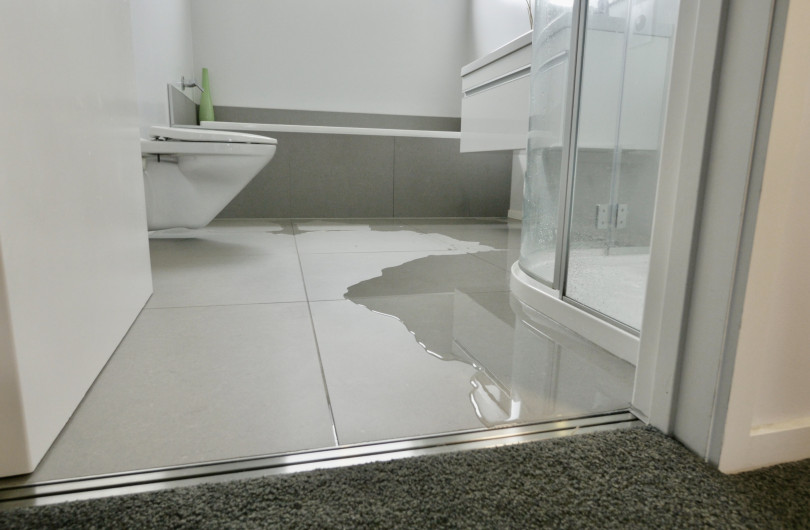
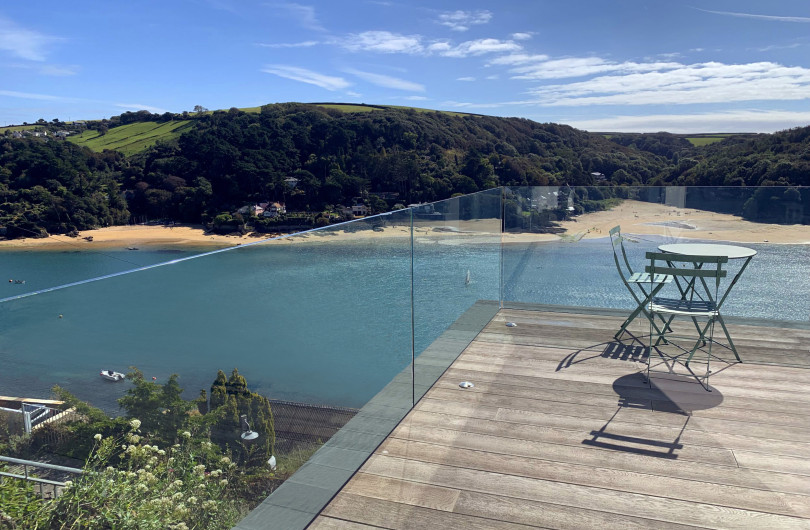
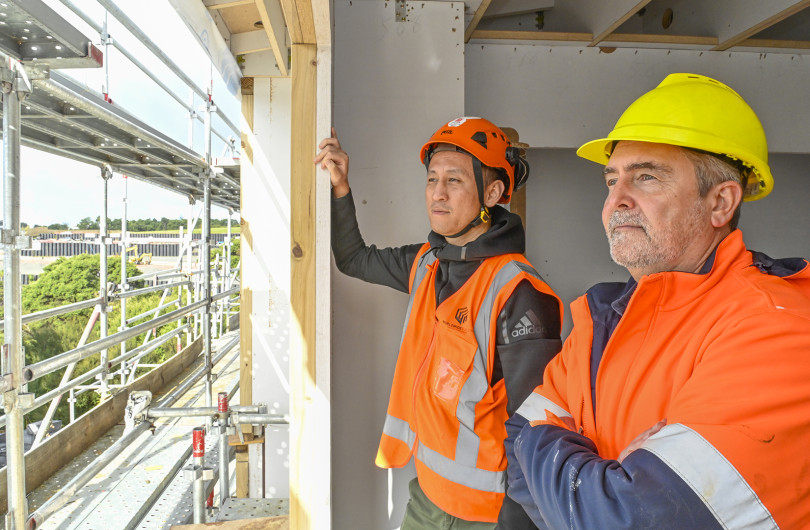
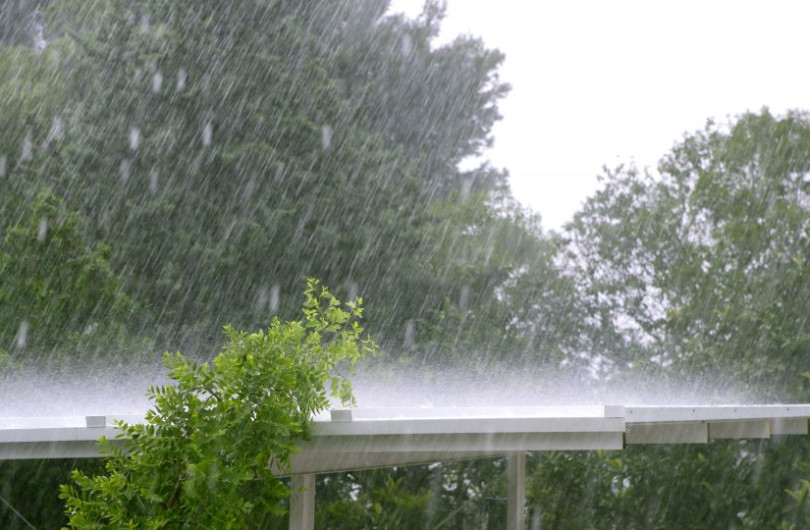

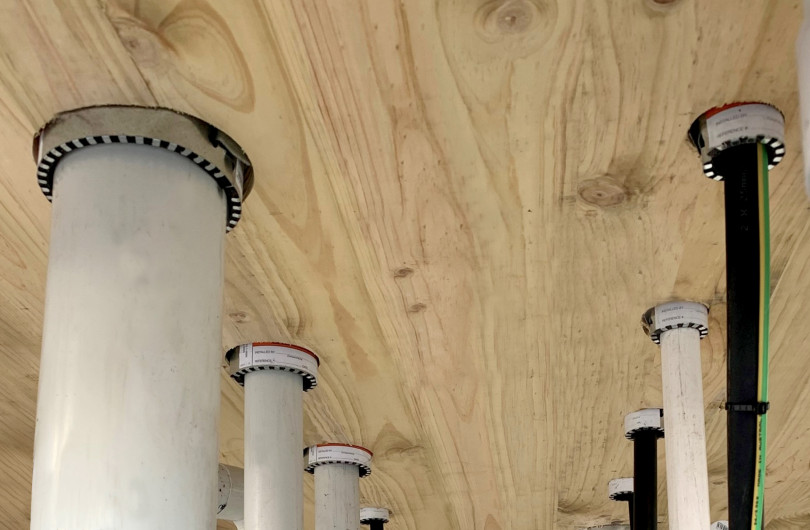

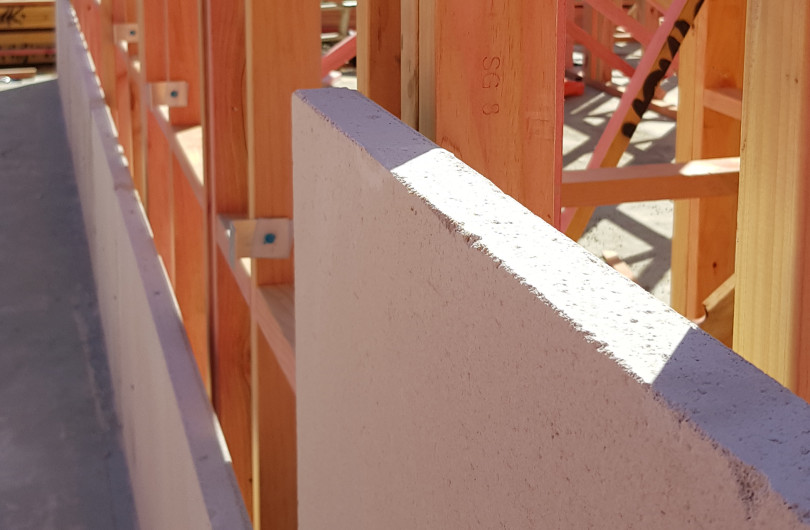







 Most Popular
Most Popular Popular Products
Popular Products


